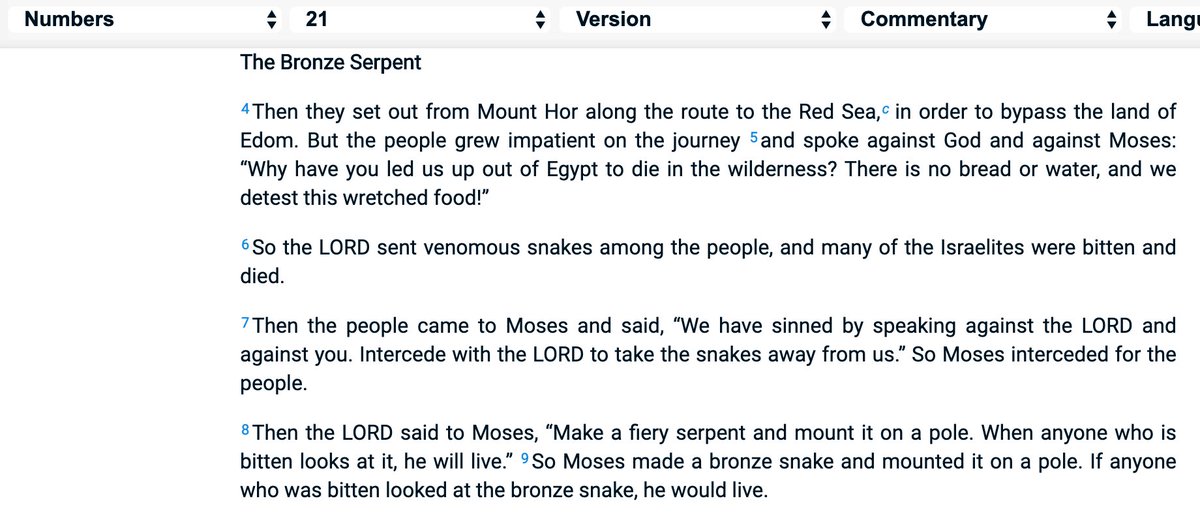Bridges’ critique of Darwinian, neo-Darwinian, and post-Darwinian paradigms relies on selective framing, mischaracterization of scientific concepts, and speculative alternatives that lack evidential grounding. 🧵
His “mosaic with 85% missing” metaphor for the fossil record trades on the rarity of fossilization but ignores how evolutionary history is reconstructed through consilient and independent lines of evidence.
Stratigraphy, radiometric dating, comparative anatomy, developmental biology, biogeography, and especially molecular phylogenetics all converge on the same branching patterns. Phylogenetic reconstructions are not arbitrary “painting in” of gaps but...
...statistically robust inferences from large genetic datasets, recovering nested hierarchies across independent loci with corroborating markers such as shared endogenous retroviral insertions and conserved developmental toolkits.
These patterns are extremely improbable under a non-genealogical model.
His portrayal of punctuated equilibrium as a discretionary swap of an “assumption” omits its evidential basis. Eldredge and Gould retained common descent and selection while explaining patterns of stasis...
His portrayal of punctuated equilibrium as a discretionary swap of an “assumption” omits its evidential basis. Eldredge and Gould retained common descent and selection while explaining patterns of stasis...
...and rapid change through population genetics and allopatric speciation. Punctuated equilibrium modifies the rate and distribution of change without rejecting the core Darwinian mechanisms and it arose from fossil evidence, not philosophical preference.
Casting common ancestry, gradualism, and a “genealogical view” as bare assumptions neglects why they are accepted. Common ancestry isn't inferred from superficial resemblance but from the hierarchical distribution of shared derived characters and...
...concordant molecular changes across thousands of independent sites, including clock-like substitution rates, synteny patterns, and structural genomic features. Convergent evolution exists, but it is bounded and arises in constrained biochemical or physical contexts.
The majority of the genome retains a deep historical signal incompatible with large-scale non-genealogical similarity.
Bridges’ reliance on Christian Schwab’s “genomic potential” hypothesis, in which all biological diversity is front-loaded at life’s origin, is speculative...
Bridges’ reliance on Christian Schwab’s “genomic potential” hypothesis, in which all biological diversity is front-loaded at life’s origin, is speculative...
...and contradicted by comparative genomics. Gene families display legible histories of duplication, divergence, and loss, with sequence variation, intron–exon structure, and regulatory architectures matching branching descent.
A “forest-from-the-start” model would require either genomic stasis over billions of years or coordinated patterns of massive gene loss across lineages, neither of which matches observed data. Invoking the Extended Evolutionary Synthesis and epigenetics as “anti-Darwinian”...
...misrepresents their scope. EES researchers such as Pigliucci and Müller retain the modern synthesis while incorporating additional mechanisms like developmental bias, phenotypic plasticity, and niche construction.
These mechanisms enrich, not replace, standard evolutionary theory and are fully compatible with common descent and selection. Epigenetic inheritance is important for short-term adaptation, but doesn't supply an alternative to genetic genealogy.
Bridges’ philosophical stance as an “empirical constructivist anti-realist” concedes that any replacement for neo-Darwinism wouldn't be literally true due to data limitations. This undercuts his rhetorical framing since his preferred “post-Darwinian” alternative is...
...openly not intended as a literal truth-tracking account.
Protein-fold improbability calculations assume a uniform random search of sequence space, ignoring chemical constraints, historical contingency, scaffolding effects, neutral networks, and cumulative selection.
Protein-fold improbability calculations assume a uniform random search of sequence space, ignoring chemical constraints, historical contingency, scaffolding effects, neutral networks, and cumulative selection.
Conflating unresolved details of abiogenesis with the mechanisms of diversification after heritable replication began misrepresents the scope of evolutionary theory. Evolutionary biology’s predictive successes, such as the prediction and...
...discovery of Tiktaalik in specific strata, accurate reconstruction of HIV phylogenies, and retrodiction of genetic code redundancy patterns show it isn't “assumption-driven” but a retrodictive and predictive framework continually refined by new findings.
Bridges depicts mainstream evolutionary theory as an edifice built on arbitrary assumptions while proposing a speculative, non-genealogical alternative that lacks empirical support, predictive power, and internal coherence.
The evidence strongly favors evolution by common descent with selection and other well-characterized mechanisms, which continues to integrate new discoveries without losing its empirical and explanatory core.
• • •
Missing some Tweet in this thread? You can try to
force a refresh










